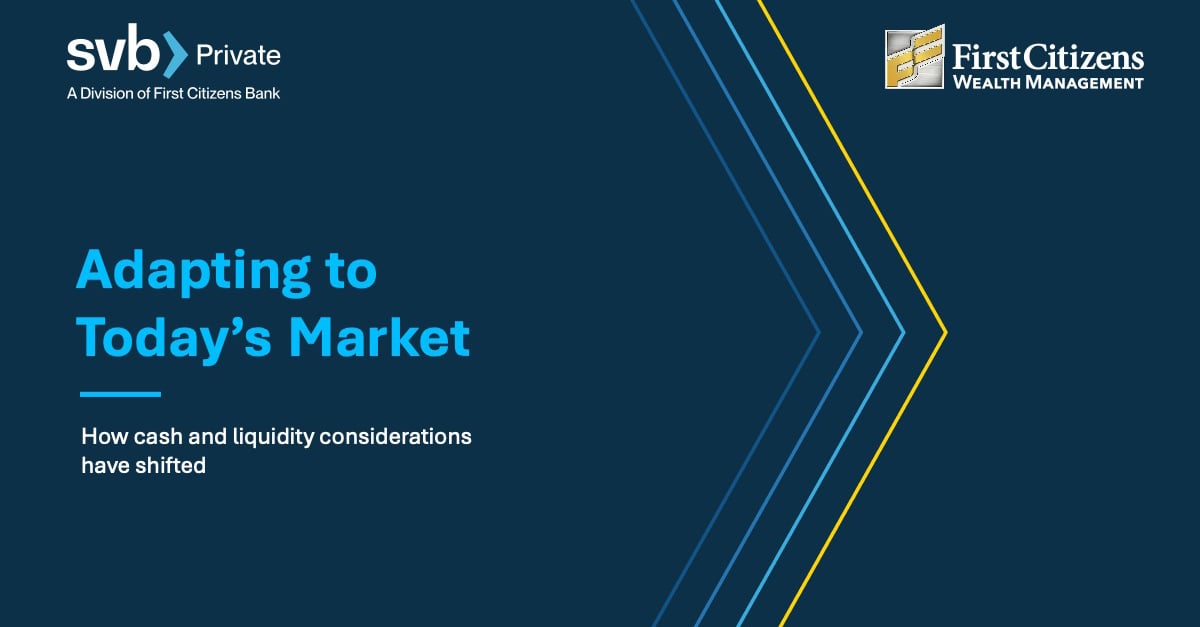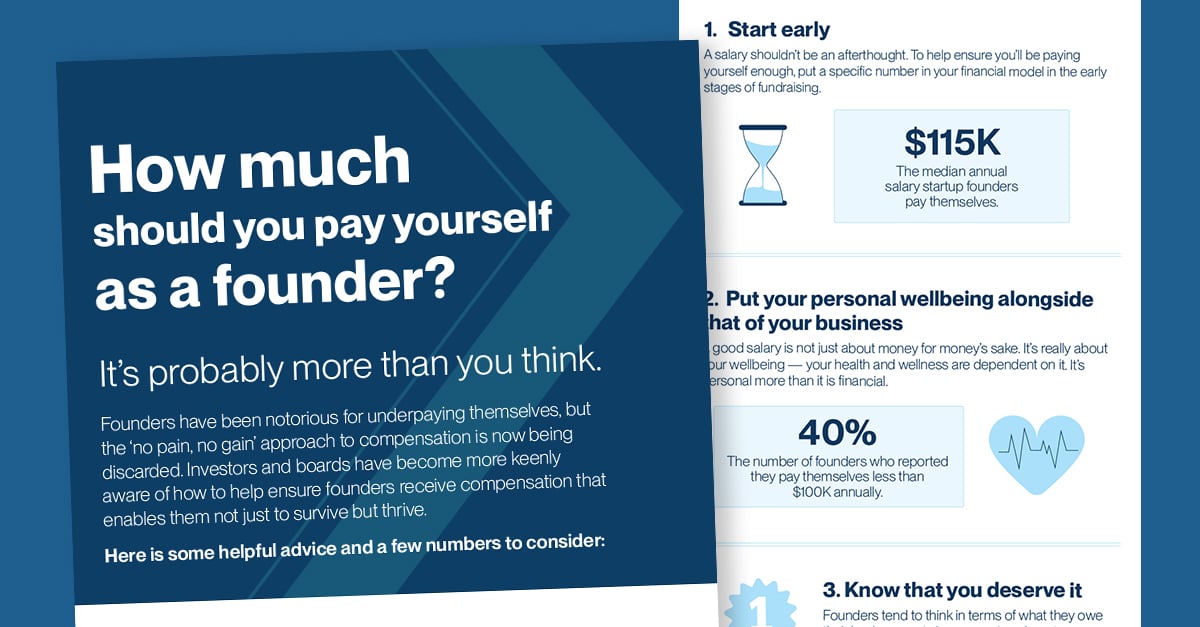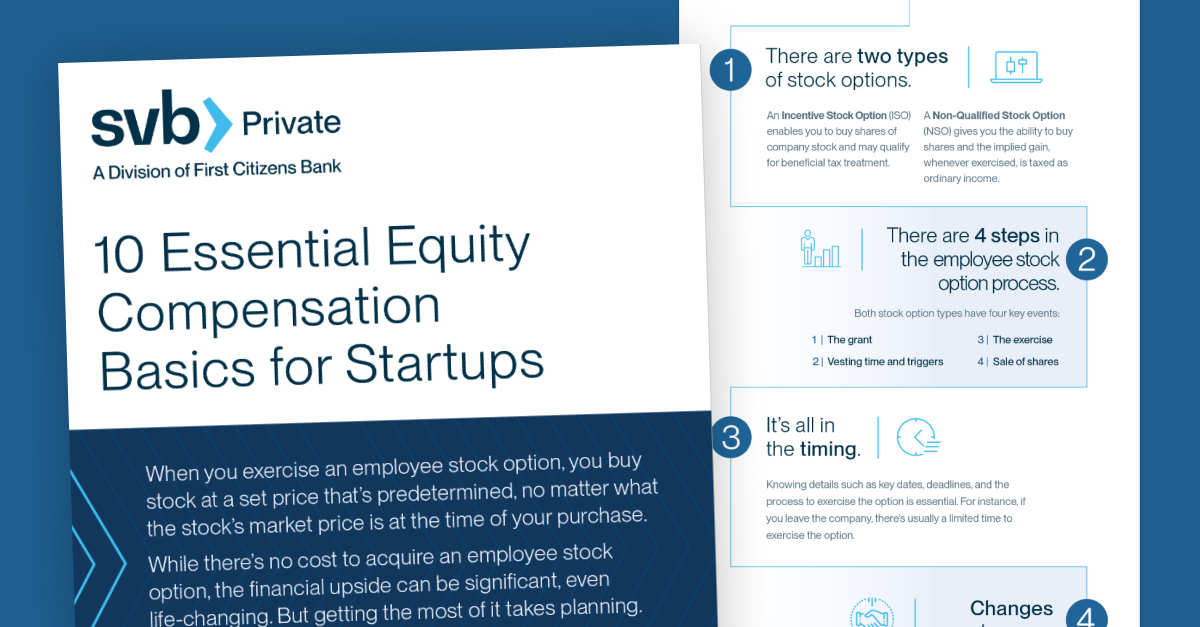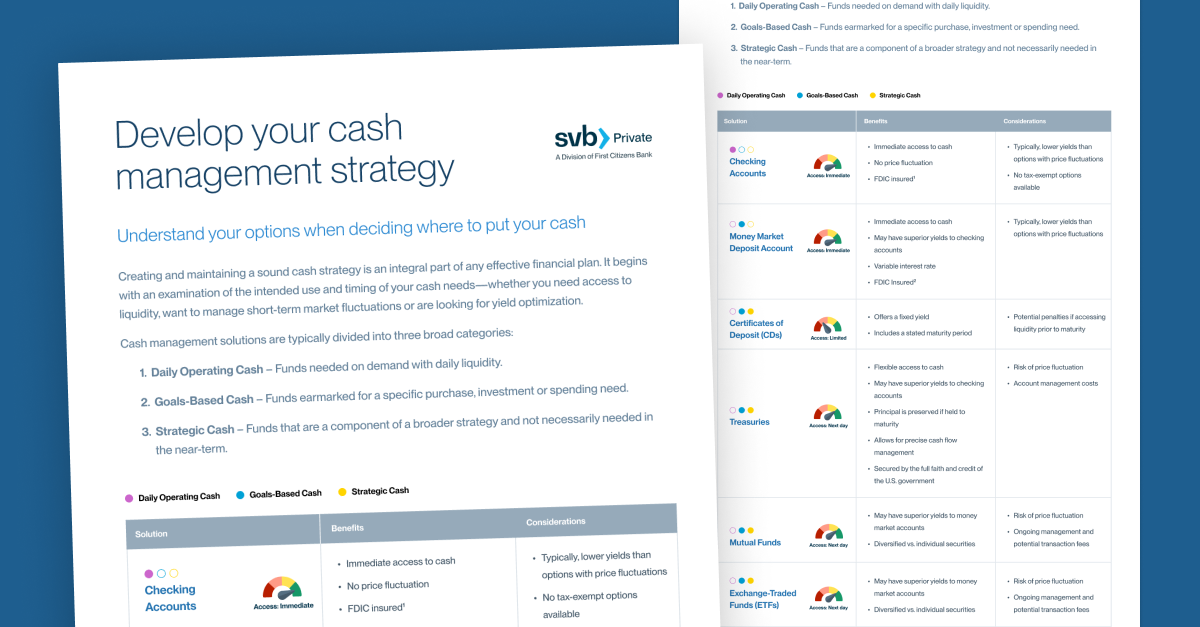Key takeaways
-
You can invest in your retirement account by purchasing shares of your own company. However, it’s prudent to have an understanding of the individual retirement account (IRA) options before purchasing your shares.
-
Broadly speaking, there are two types of IRAs: Traditional IRAs where your contributions are tax-deferred and Roth IRAs where your contributions are taxed up-front. You may purchase company shares for both IRA types.
-
Once you have a handle on the rules and regulations involved, purchasing shares of your company for your IRA account is accomplished by establishing a self-directed IRA–within a traditional or Roth IRA structure.
Entrepreneur Peter Thiel recently made headlines by transforming a modest individual retirement account (IRA) into a $5 billion Roth IRA in under twenty years using company stock and other private investments. Since many investors are interested in learning how he accomplished this feat, we will examine the details of the account and shed some light on how founders may be able to emulate some of strategies used with their own retirement plans. First, we’ll look at Mr. Thiel’s process at a high level, then we’ll delve into the intricacies of individual retirement accounts and the opportunities they present to founders.
It is important to note that most, if not all, of the investments used to create this wealth are considered highly risky and may not be suitable for the majority of investors. Investors should seek the advice of a financial advisor prior to making an investment of this type. However, once the decision has been made, selecting the location of the investment (IRA or taxable account) bears consideration.
Peter Thiel’s IRA journey
In short, Mr. Thiel used a Roth IRA that was initially worth a few thousand dollars to purchase shares of his company (PayPal) at a point in time when the stock was valued at roughly 30 cents per share. As time progressed, PayPal was sold to eBay and he received $19 per share for his stock, growing the Roth IRA significantly. He then used those funds to purchase shares of several additional private companies and make venture capital investments, further increasing the value of his IRA account.
Because Mr. Thiel used a tax-free vehicle (his IRA) to make these investments, the significant gains he made were not impacted by taxes. Portions of this extreme example of wealth building may be emulated by founders as they grow their own wealth for retirement. To utilize an IRA to purchase stock from your company, it pays to understand the mechanics of the two types of IRA accounts available. From there, you will be better equipped to develop a promising strategy for your retirement accounts.
Understanding traditional and Roth IRAs
| Traditional IRAs | Roth IRAs | |
| Contribution Amounts | Made from pre-tax funds | Made from after-tax funds (earned income) |
| Distribution Amounts | Funds are taxed at distribution | Funds not taxed at distribution |
| Distribution Requirements | Minimum distributions starting at age 72 | No distribution requirements |
We will begin with the fundamental difference between traditional and Roth IRAs. At a high-level, the biggest distinction is the contributions to traditional IRAs are made from tax-deferred funds or money you have not yet paid taxes on. You are taxed on those funds when you take distributions down the road. Conceptually, you are deferring the taxes while you are in a higher tax bracket, then withdrawing the funds while you're in a lower tax bracket, e.g., when you have retired.
A Roth IRA, on the other hand, is comprised of funds that have already been taxed. These funds grow tax-free and when they are distributed downstream, you are not taxed on the principle or the growth of those assets. Like Peter Thiel’s example, Roth IRAs can provide substantial benefits to people who have, over the course of time, grown their assets significantly.
Another Roth IRA advantage is there are no minimum distribution requirements. If you have managed to grow your portfolio to a level where you do not need to use IRA funds for your retirement, you are able to pass your IRA account funds on to the next generation.
Related: Inside the legislation that will let 529 education plans fund retirement

Examining IRA contributions and asset types
In order to take advantage of Mr. Thiel’s retirement strategies, one needs to understand the regulations involving IRA contributions. It is important to know that contributions to IRA and Roth IRA accounts have limitations based on a number of factors. Occasionally IRA accounts are created from rolling over 401(k) accounts. And self-employed individuals often utilize SEP IRAs, which have their own set of contribution rules.
In addition to considerations regarding contributions, understanding IRA asset types is an important part of Mr. Thiel’s retirement account approach. Normally, most investors hold their IRAs at traditional brokerage firms where they are investing in what are called “very liquid assets.” These are asset types such as mutual funds, ETFs (exchanged traded funds), individual stocks and bonds. However, the account type Mr. Thiel used for his Roth IRA is a self-directed IRA. Self-directed IRAs are typically comprised of alternative assets, are governed by additional regulations and may be comprised of a mix of many asset types.
Alternative assets that may be used in self-directed IRAs include real estate, crypto currency, venture capital funds as well as private stock. Virtually any type of asset may be purchased in self-directed IRAs with the exception of a handful of assets that are specifically prohibited by the IRS, such as collectibles, S corporations and life insurance. Generally, self-directed IRAs are managed through companies who specialize in administrating these types of IRAs. There are higher fees associated with this retirement vehicle as well as additional regulations regarding transactions, self-dealing and utilizing sweat equity from real estate investments. So, having a thorough understanding of these regulations is paramount before setting up your account.
Making the purchase: Investing in your IRA with company shares
When you decide to move forward and purchase company shares in your IRA, the stock will need to be purchased directly into your retirement account. Unfortunately, you cannot invest in your IRA with shares acquired from equity compensation or shares that you previously acquired when you started the company. Typically, an IRA share purchase is done when raising equity, often in the form of preferred shares. The purchase may also be a seed round where you are initially buying shares in the company. Whether done during an equity raise or seed round, it is important to understand that there are many SEC rules that must be adhered to when purchasing private shares for your IRA.
Again, there are some tight regulations around IRA stock purchases such as a 50% company ownership cap. If you currently own more than 50% of the company, you will not be able to purchase company shares for your IRA account until your ownership falls under the 50% threshold. Also, once the shares are housed in your IRA, you will be charged fees each year the custodian manages your account. This additional expense is another factor to consider.

Related: Estate planning essentials: 5 ways founders can get started with prenups
Assessing the risks, rewards and alternatives
Let’s wrap up by discussing some pros and cons of using a self-directed IRA for the alternative investment vs. using an ordinary taxable account. First, one of the most important things to consider is the risk-reward proposition. Again, these instruments can be highly risky, and they may or may not be appropriate for you as an IRA or Roth IRA investment. Discussing your retirement goals with a qualified investment professional can help you make a more informed decision.
Second, understand the implications of the qualified small business stock exemption, which was discussed in an SVB podcast episode. When you purchase stock for an IRA account, you can no longer take advantage of this significant exemption. This is another topic that is well worth a discussion with your investment team.
Third, and another critical factor to consider, are the limitations on withdrawing funds from your Roth IRA or your IRA prior to the age of 59 and a half. You may access the principle in a Roth IRA five years after your initial contribution. However, all the gains must remain invested, or you will pay a penalty for those distributions.
As a founder, you may be able to emulate Peter Thiel’s retirement strategies and use a self-directed IRA to purchase private shares directly into your IRA or Roth IRA. Just be sure to understand the implications, costs and time involved in this approach.
As a division of First Citizens Bank, SVB Private offers the strength and stability of an organization that has more than $200 billion in total assets and a 125-year history serving clients. First Citizens’ strength is coupled with the team of SVB professionals who specialize in the financial needs of founders, investors and business leaders working in the innovation economy. Our team of investment professionals is ready to help you pursue your financial goals.
Contact us to discuss your retirement options
For help with your retirement strategies, contact your SVB Private advisor or visit svb.com/private today.
















